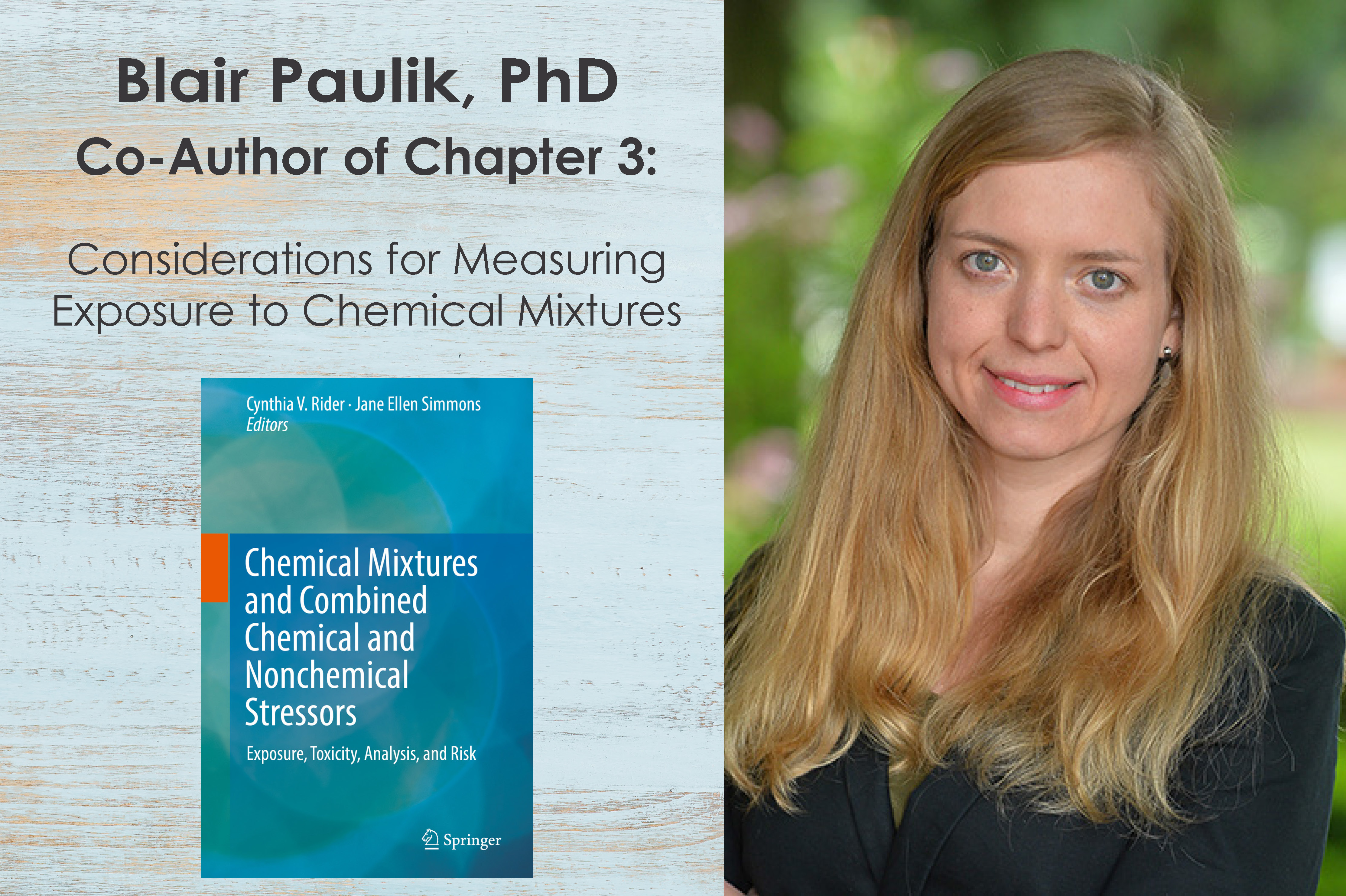Thought Leadership
From Writing Textbooks to Solving Complex Problems: MFA Toxicologist Amplifies Research Training

In our daily lives we are constantly exposed to ever-changing mixtures of chemicals, and existing tools for figuring out how these chemical mixtures affect our health are not necessarily comprehensive. This is largely because they do not incorporate all factors that alter the risks associated with these exposures. However, this isn’t to say those in the technical or regulatory community are doing anything wrong. Rather, the research community is still assessing how chemicals behave in mixtures in the environment, and what those nuances mean for our health.
As an Environmental Toxicologist at MFA, understanding the effects of environmental pollution on human health and the environment is at the forefront of my work. It’s also the primary focus of my recently published book chapter, Considerations for Measuring Exposure to Chemical Mixtures. Written when I was a Ph.D. candidate in Environmental Toxicology at Oregon State University, the book chapter explores the complexities of risk associated with chemical mixtures, helping bridge the gap between researchers and practitioners. The book chapter discusses how to accurately assess exposure to chemical mixtures in the environment and outlines specific considerations for practitioners to keep in mind when making decisions, using the tools that are currently available.

The answer to an environmental pollution problem is rarely a simple “yes” or “no”. There is uncertainty associated with each piece that goes into the decision-making tools that are currently available. One example of this is in the relationship between toxicity studies and regulatory screening levels. Environmental screening levels are based on toxicity studies. In most of these studies, a test species is exposed to various concentrations of one isolated chemical at a time. In reality, people and animals are exposed to complex mixtures of chemicals constantly. We are almost never exposed to just one chemical at a time. The research community is only beginning to learn how the toxicities of chemical mixtures differs from the toxicities of individual chemicals.
I bring an understanding of this nuance to all the work I do for our clients at MFA. It is one thing to answer the question, “Does this exposure exceed an acceptable regulatorily limit?” It is a far more complicated endeavor to determine the potential for risk outside of what regulatory limits currently suggest, if there is potential for risk related to this exposure to change over time, and how the estimated risk would change if regulatory limits incorporated mixture effects in the future. These are the types of questions I keep in mind when I perform ecological and human health risk assessments for clients. I am glad I took a deep-dive into these issues through writing a chapter in Chemical Mixtures and Combined Chemical and Nonchemical Stressors. I am proud to work at a company where this type of critical thinking is encouraged when tackling environmental challenges for our clients.
This post was written by our former colleague Blair Paulik, PhD, in July 2018.



